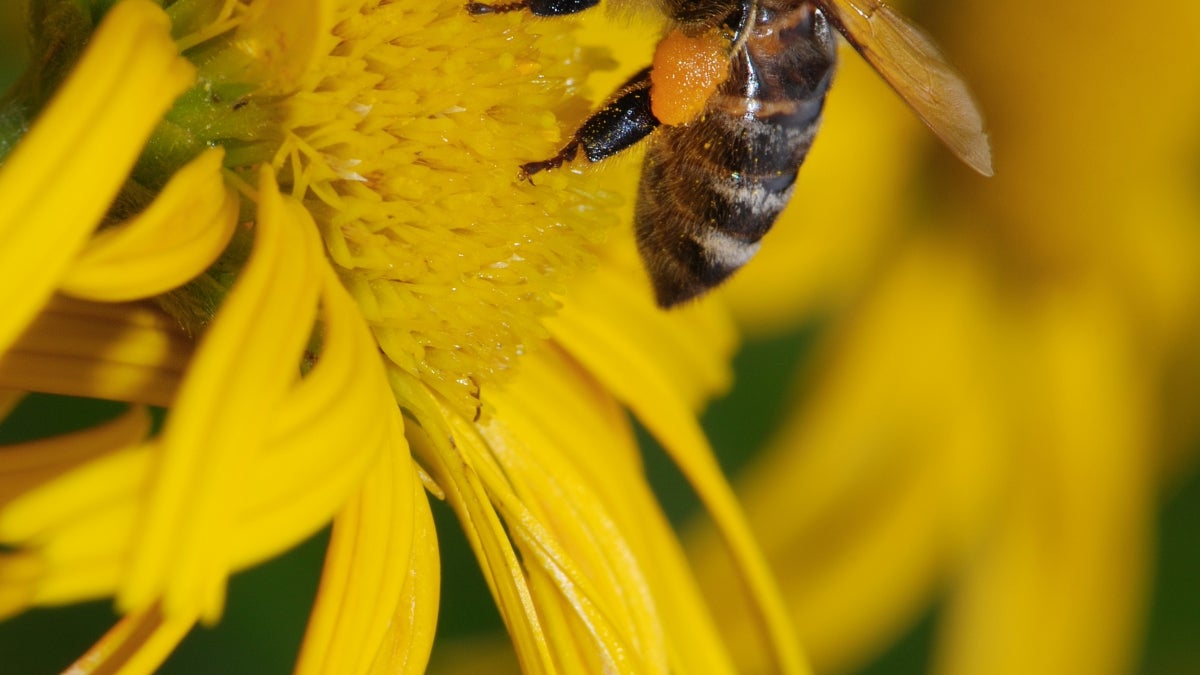Age matters: Young larvae boost pollination activity in bees

Toddlers and tweens have very different needs, which influence how parents provide for them. The same is true in honey bees, but instead of communicating their needs via language, honey bee larvae emit chemical signals called pheromones that influence the behavior of their caregivers.
As larvae age, the diet they’re fed changes. So too do the pheromone signals they emit.
In a paper published in the journal Animal Behaviour, ASU alumnus Kirsten Traynor, a research associate with the University of Maryland, Robert E. Page, Jr., ASU university provost and professor in the School of Life Sciences, and Yves Le Conte, a researcher with Institut National de la Recherche Agronomique, show that adult bees foraging for food use the changing pheromone signals of the young to adjust what nutritional resources they collect.
Honey bees were found to return to the hive with one and one half times more protein-rich pollen when exposed to young larvae as compared to old larvae. The researchers also discovered that significantly fewer foragers return home empty – a finding that Traynor believes could have an impact in agricultural enterprises.
Division of a colony’s labor characterizes many social insect groups, such as honey bees. The queen is the reproductive powerhouse, laying up to 1,500 eggs a day. However, the young are reared by nurse bees once they hatch into larvae. From special glands in their heads, nurses produce a milky-white food – the honey bee equivalent of mother’s milk – that they feed these larvae.
To produce this special food, nurse bees must gorge on pollen. They use the protein to activate glands in their heads that make food for the developing larvae. The quality and quantity of the food nurse bees feed changes depending on the age and caste of the larvae. Nurses feed queen larvae copious amounts of a protein- and sugar-rich diet throughout development. However, for worker larvae, nurse bees split this diet into two parts: Young larvae receive surplus protein-rich food, while old larvae are restrictively fed a diet with a higher sugar component. Young larvae use the protein to rapidly gain weight, while older larvae need an increase in sugar to complete development. When nurse bees don’t have access to pollen, they quickly lose the ability to feed larvae sufficiently.
Young larvae emit a volatile pheromone called e-beta ocimene. When a colony is exposed to this pheromone alone, more foragers leave the hive in search for food. In hives exposed to young larvae or their pheromone, twice as many foragers return to the colony loaded down with pollen pellets on their hind legs, significantly increasing the amount of pollen collected compared to controls.
These findings could offer bee keepers a new means to boost pollination services. Colonies supplemented with young larvae or pheromone might more actively collect pollen and visit more crop flowers as they collect food.